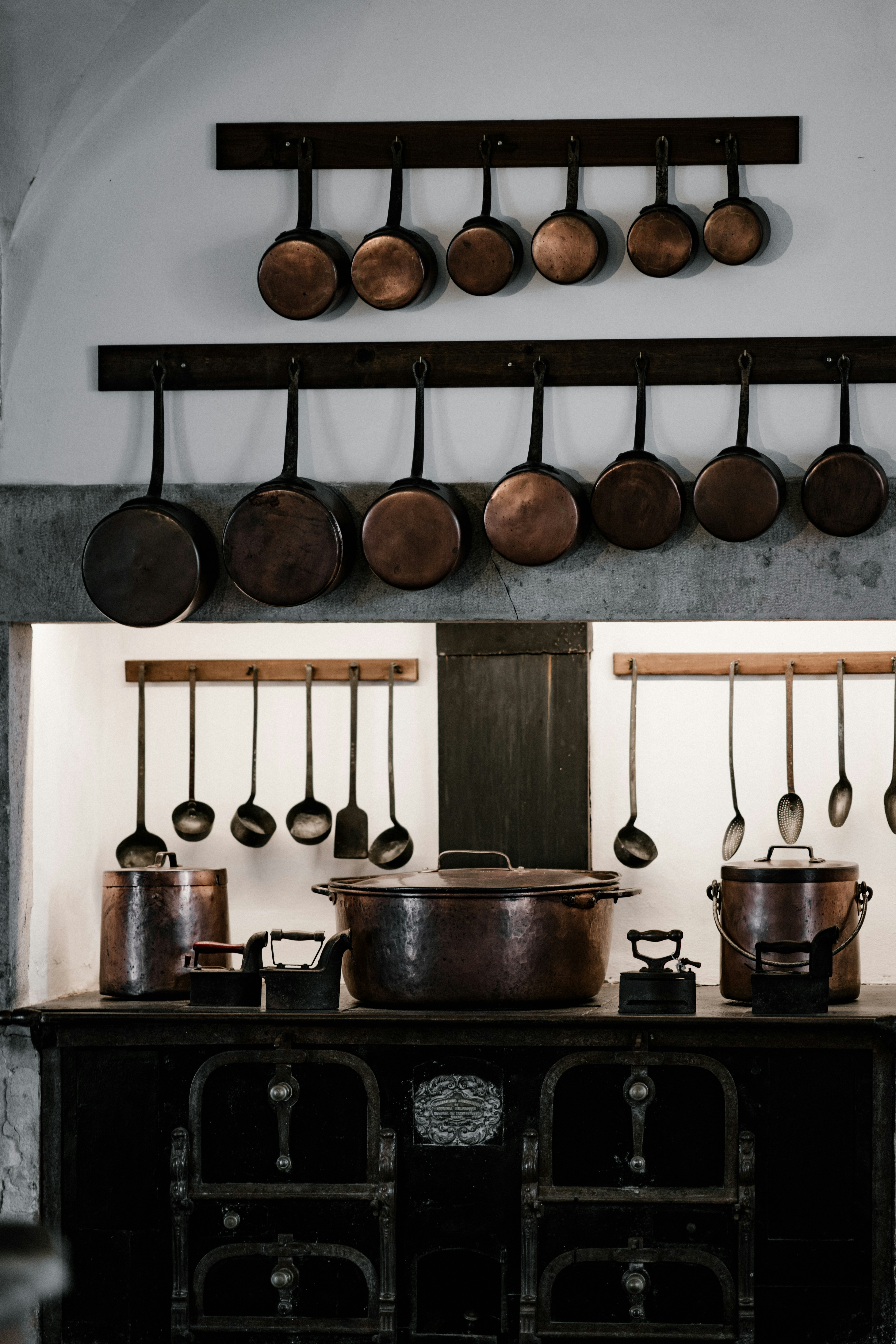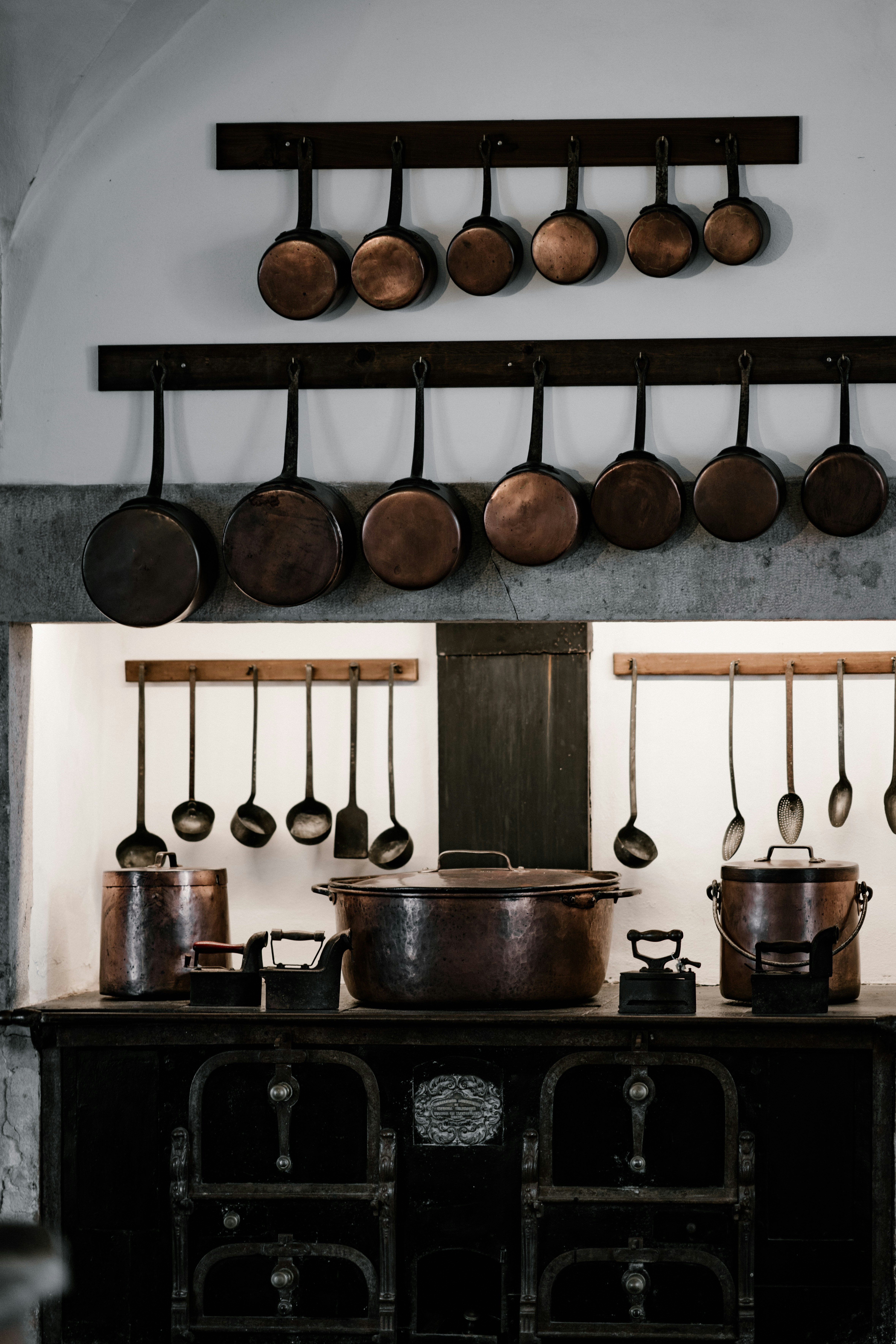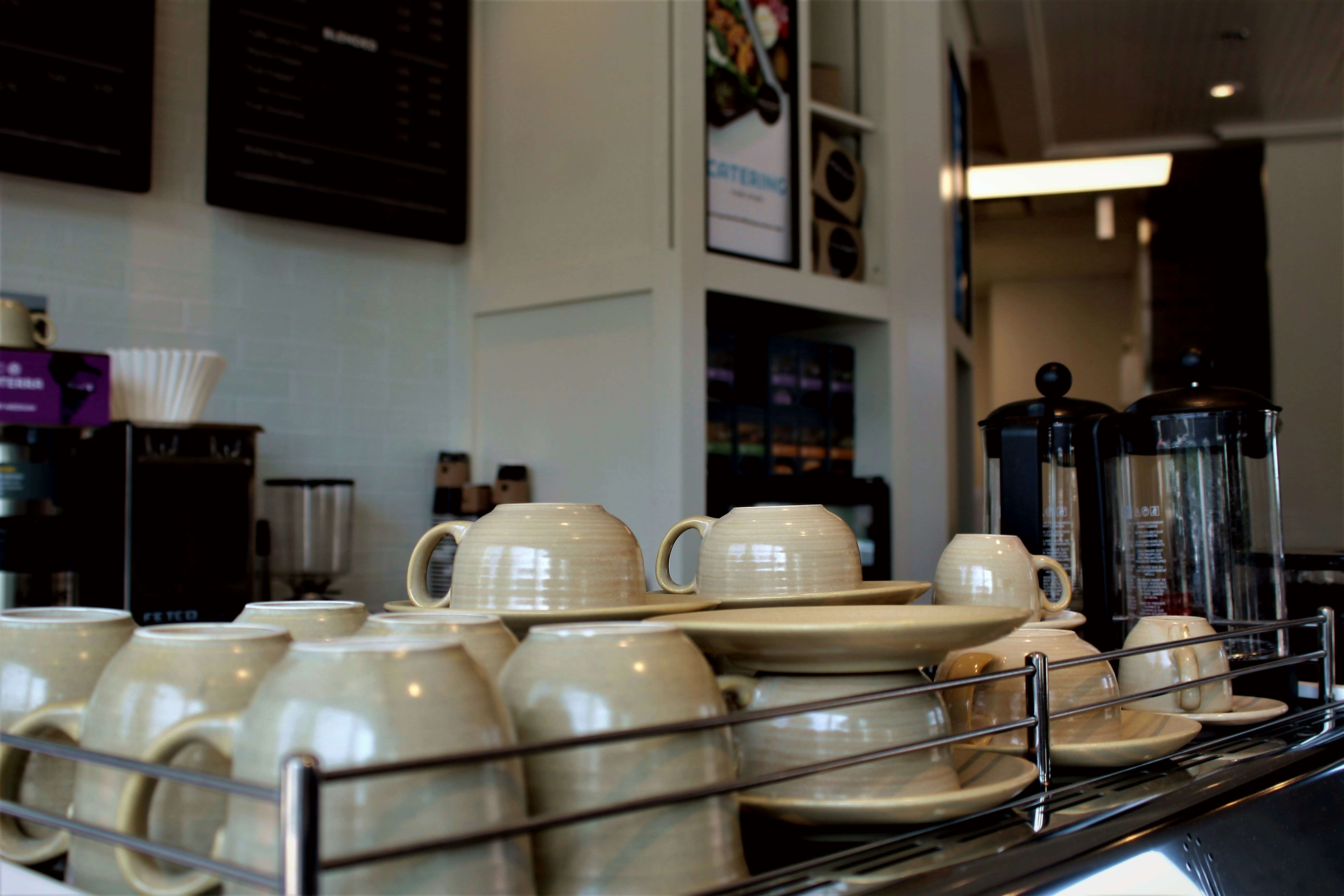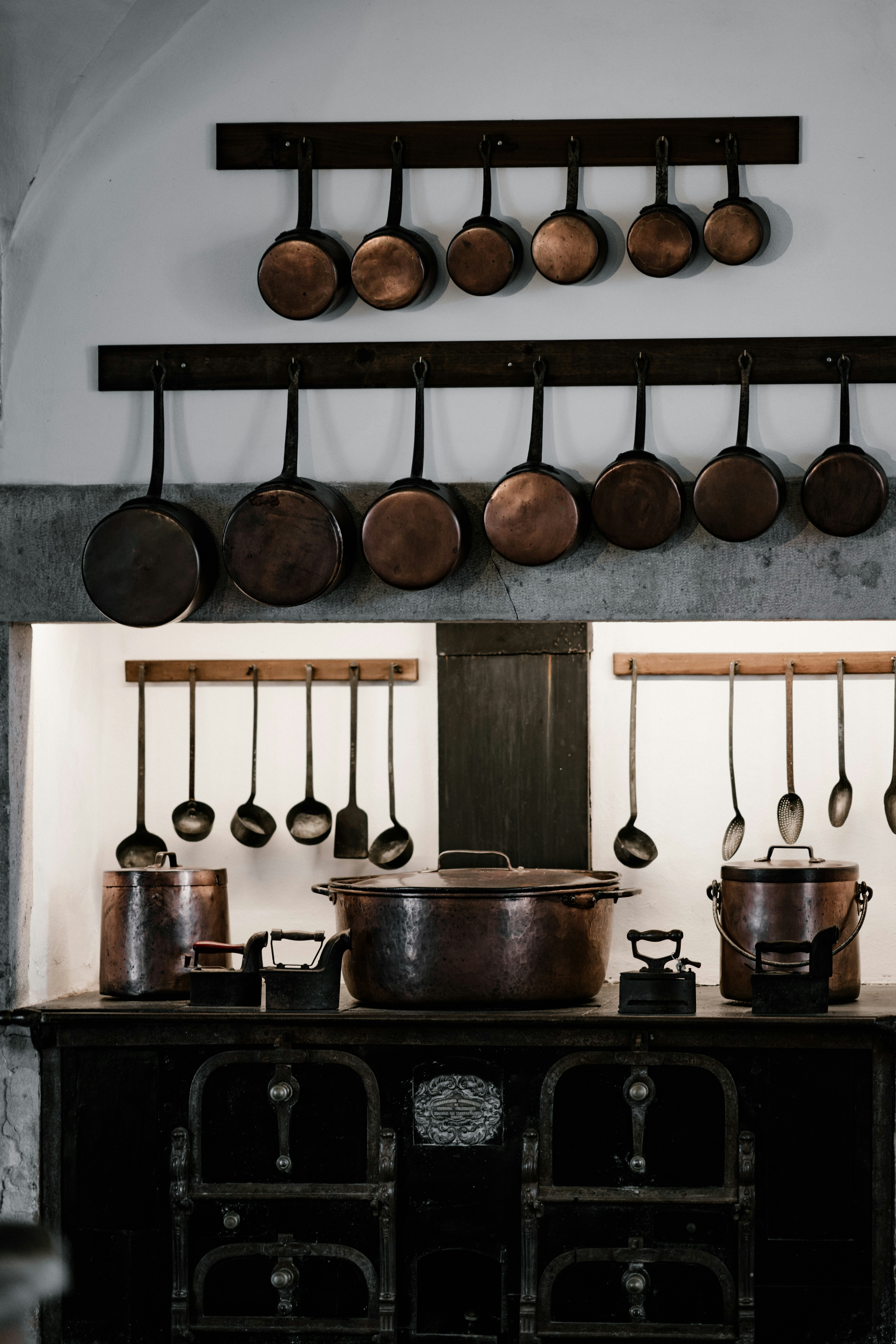How to Maintain Your Catering Equipment for Longevity

Strong 8k brings an ultra-HD IPTV experience to your living room and your pocket.
Catering equipment is a significant investment—one that directly affects the quality of your service, your team’s efficiency, and your long-term profitability. But even the best gear will break down prematurely if it's not properly cared for. Whether you're operating from a mobile kitchen, a commissary, or a banquet hall, the key to protecting your tools and extending their lifespan lies in regular, proactive maintenance.
In this guide, we’ll walk you through the most effective strategies to maintain your catering equipment so you can reduce downtime, avoid costly repairs, and keep your operation running smoothly for years to come.
Why Proper Maintenance Matters
Your equipment is the backbone of your catering business. When it works efficiently, you deliver consistent, high-quality service. But when it breaks, it can lead to:
Event delays or cancellations
Food safety violations
Increased repair or replacement costs
Lost business and damaged reputation
Preventive maintenance helps you catch small issues before they become major problems, improves energy efficiency, and ensures your gear always performs at its best.
1. Create a Maintenance Schedule and Stick to It
Start by setting up a routine maintenance calendar for all your equipment, categorized by daily, weekly, monthly, and quarterly tasks. You can use a spreadsheet or a digital management system to track:
Cleaning tasks
Filter replacements
Lubrication
Temperature calibration
Safety inspections
Label equipment by priority—high-use items like ovens and dishwashers may need weekly attention, while storage racks or carts may only need monthly cleaning and inspection.
2. Train Your Staff on Proper Usage and Cleaning
Many equipment failures are caused by improper use. Ensure your staff is trained not just in how to operate each item, but also how to clean and store it correctly. Include:
Instructions for powering up and shutting down
Do’s and don’ts during use (e.g., not using metal on non-stick surfaces)
Which chemicals are safe to use on which materials
Staff should also know how to spot early signs of malfunction, such as strange noises, uneven temperatures, or slow performance.
3. Clean Equipment Thoroughly After Every Use
Clean equipment lasts longer—period. Dirt, grease, food particles, and moisture can cause corrosion, clogs, and even fire hazards. Make it standard practice to:
Wipe down surfaces with non-abrasive cloths and food-safe cleaners
Empty and sanitize drip trays and grease filters
Soak and scrub removable parts like blades, baskets, and trays
Be especially diligent with high-heat equipment like ovens and grills, where baked-on residue can reduce efficiency and lead to smoke or flare-ups.
4. Descale and De-lime Water-Using Appliances
If you use dishwashers, steamers, coffee machines, or combi ovens, mineral buildup from hard water can seriously damage your equipment over time. Prevent this by:
Running descaling solutions monthly (or more often in hard water areas)
Installing water filtration systems
Using manufacturer-recommended cleaners
Ignoring lime and scale can lead to clogged lines, heating element failure, or health code violations.
5. Lubricate Moving Parts Regularly
Any machine with moving parts—like slicers, mixers, and processors—needs regular lubrication to avoid friction, wear, and motor burnout. Use:
Food-safe lubricants approved for commercial kitchen use
Lubrication charts provided by the equipment manufacturer
A tagging system to record when each component was last serviced
This simple task adds years to your equipment’s life and keeps it running smoothly during high-volume service.
6. Monitor and Calibrate Temperature-Dependent Units
Refrigerators, freezers, ovens, and holding cabinets all rely on accurate temperature control. Regular calibration ensures:
Food safety compliance (preventing spoilage or undercooked food)
Optimal energy use
Reliable cooking and storage results
Use a digital thermometer to check internal temperatures weekly, and if there’s a discrepancy, call a technician for calibration. Many modern units also have built-in diagnostic features—make use of them regularly.
7. Inspect Electrical Components and Cords
Electrical issues can be dangerous and expensive. Every few weeks, inspect:
Power cords for fraying or burn marks
Control panels for loose buttons or flickering displays
Outlet plugs for secure connection
Do not operate any unit with exposed wires or erratic behavior. Replace damaged cords immediately and keep all wiring dry and elevated to prevent shocks or shorts.
8. Keep Air Vents and Fans Clear
Ovens, fridges, and warmers depend on unobstructed airflow for proper function. Make sure all fans and vents are:
Free from grease or dust buildup
Not blocked by other equipment or wall surfaces
Cleaned monthly using compressed air or vacuum attachments
Blocked airflow reduces efficiency, shortens compressor life, and increases the risk of overheating.
9. Store Equipment Safely and Smartly
Proper storage isn’t just about space—it’s about protection. When not in use:
Cover equipment to prevent dust buildup
Store cables and accessories in labeled containers
Avoid stacking heavy items on delicate parts or control panels
Mobile caterers should use padded bags or secured cases for sensitive tools like scales, mixers, and induction burners during transport.
10. Schedule Annual Professional Servicing
While daily upkeep is essential, professional technicians should inspect your major equipment at least once a year. These checkups can:
Identify hidden wear or component fatigue
Update firmware or recalibrate controls
Ensure gas or electrical connections meet safety codes
Preventive service visits cost far less than emergency repairs and help extend your warranty coverage in many cases.
Bonus Tips for Equipment Longevity
Always use equipment as intended—don’t overload, overheat, or modify it
Keep a log of equipment purchases, service history, and replacement parts
Use original manufacturer parts and cleaning agents when possible
Take broken equipment out of rotation immediately to prevent further damage
Conclusion
Your catering equipment works hard—so treat it like the asset it is. With proper care, most professional-grade tools can serve your business for 5, 10, or even 15 years. A consistent maintenance routine helps you avoid breakdowns, preserve food safety, and keep your events running like clockwork.
More importantly, clean and well-maintained equipment reflects the professionalism of your business, earning client trust and repeat business. Whether you’re managing a small team or a growing catering company, taking care of your tools is one of the smartest investments you can make.https://mariotstore.com/
Note: IndiBlogHub features both user-submitted and editorial content. We do not verify third-party contributions. Read our Disclaimer and Privacy Policyfor details.







